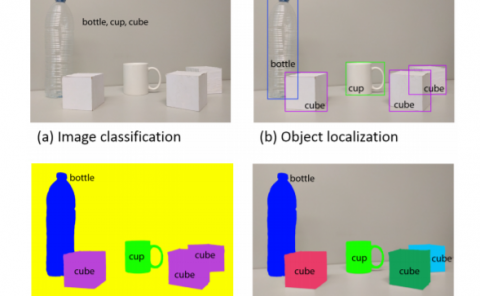The Effect of Context Switching, Focal Switching Distance, Binocular and Monocular Viewing, and Transient Focal Blur on Human Performance in Optical See-Through Augmented Reality
PubDate: February 2022
Teams: Mississippi State University;University of Otago;Virginia Tech
Writers: Mohammed Safayet Arefin; Nate Phillips; Alexander Plopski; Joseph L. Gabbard; J. Edward Swan

Abstract
In optical see-through augmented reality (AR), information is often distributed between real and virtual contexts, and often appears at different distances from the user. To integrate information, users must repeatedly switch context and change focal distance. If the user’s task is conducted under time pressure, they may attempt to integrate information while their eye is still changing focal distance, a phenomenon we term transient focal blur . Previously, Gabbard, Mehra, and Swan (2018) examined these issues, using a text-based visual search task on a one-eye optical see-through AR display. This paper reports an experiment that partially replicates and extends this task on a custom-built AR Haploscope. The experiment examined the effects of context switching, focal switching distance, binocular and monocular viewing, and transient focal blur on task performance and eye fatigue. Context switching increased eye fatigue but did not decrease performance. Increasing focal switching distance increased eye fatigue and decreased performance. Monocular viewing also increased eye fatigue and decreased performance. The transient focal blur effect resulted in additional performance decrements, and is an addition to knowledge about AR user interface design issues.


